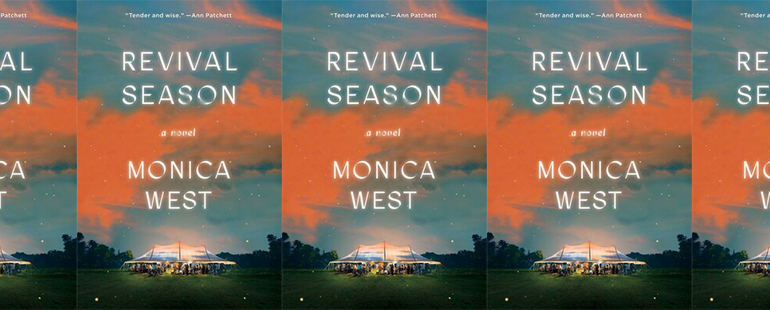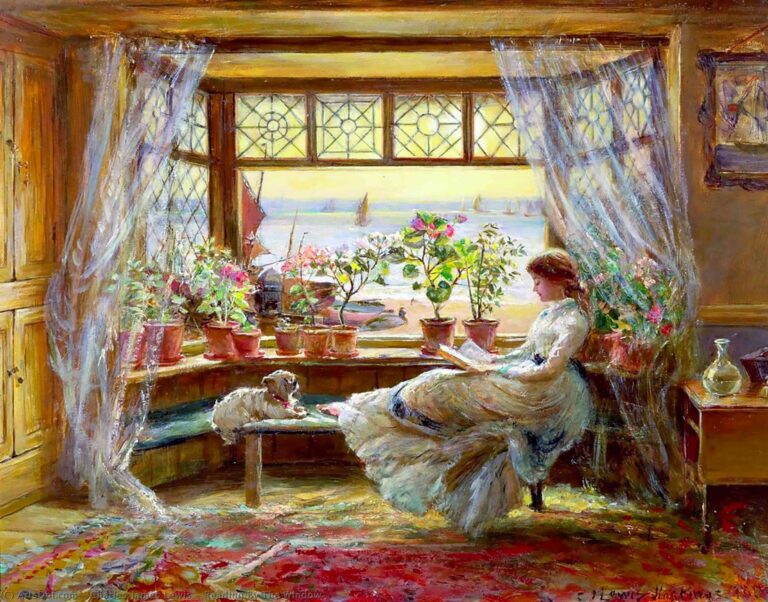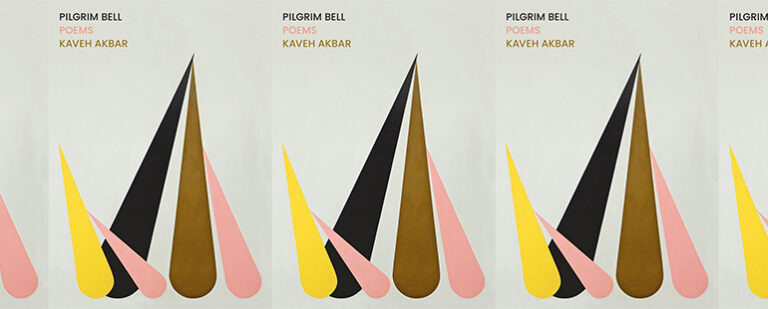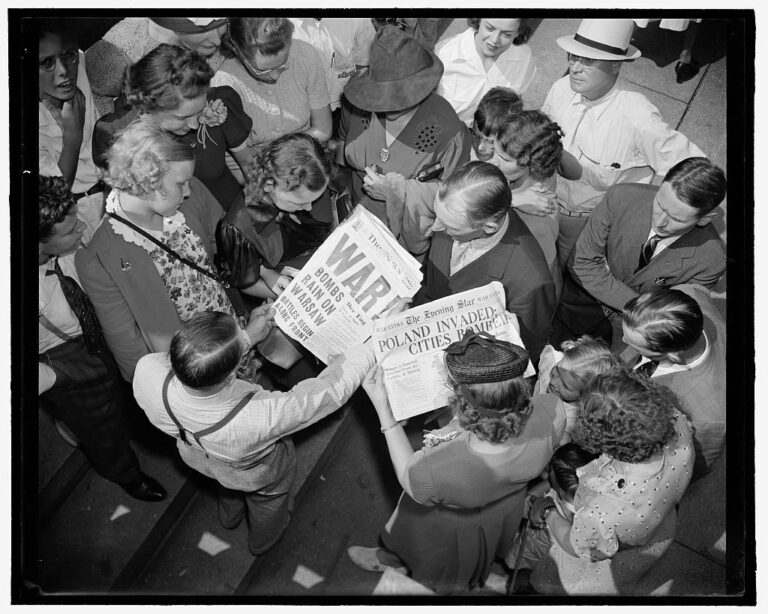The Entanglement of Church and Family in Revival Season

As I read Monica West’s new novel, Revival Season, out last month, I felt the pull of two distinct interpretive frames. One of these was scholarly, offering me some distance from fifteen-year-old narrator Miriam Horton’s story of her family’s trials under the leadership of her father, a Black Baptist traveling evangelist, faith healer, and church founder in present-day Texas. The scholarly frame invited me to read the novel within conversations about secularization and the world’s general orientation toward belief. The book’s central tensions—whether Reverend Horton has lost his gift of healing, how his violent streak will manifest next in church and family, whether Miriam can rightfully claim her own power to heal—highlight patriarchal inequities without ever questioning the reality of miracles. Indeed, the world of Revival Season is suffused with the mystery of embodied, here-and-now healing, felt and observed, marked with holy oil and the laying on of hands. The text does not itself question these phenomena in the way it questions domestic violence and male domination in family and church life. In this way, the book could be said to participate in literary postsecularism, which John McClure, in his book Partial Faiths: Postsecular Fiction in the Age of Pynchon and Morrison (2007), defines as “a mode of being and seeing that is at once critical of secular constructions of reality and of dogmatic religiosity.”
But while my mind spun a safe scholarly space as I read, something else in my history hummed below the surface. The resonances were uncanny and uncomfortable, for, like Miriam, I too was raised in the kind of Baptist church that favored home-sewn skirts and homeschooling, the King James Bible and hymns in the family van. The church I grew up in, I should note, was overwhelmingly white, and it wasn’t open to charismatic gifts of healing. But West’s descriptions brought me back to deep memories of women preparing meals but never leading from the front, of Bible memorization and the intense adolescent friendships that blossomed in church hallways and parking lots after services. Like Miriam, I was an oldest daughter, although my father was a deacon rather than a pastor. I, too, spent hours each week with a prayer journal, scribbling out my lonely thoughts. I, too, had a best friend with diabetes and saw her in crisis, though my hands and prayers never healed her. I, too, came to know up close the toxic abuses that could poison a pastor-family’s life behind closed doors.
Reading Revival Season, it was hard not to identify with the teenager grappling with her role models’ failures and the holes those failures reveal in a tightly woven worldview. Early in the novel, Miriam sees her father beat up a man who has accused him of lying about his gift of healing, calling to her mind another violent incident the previous summer. But others—including her brother, who is being groomed to follow in their father’s ministry, and her mother—refuse at first to believe Miriam’s testimony. Too much is at stake. As she discovers her own gift of healing and begins to use it in secret, however, Miriam’s cognitive dissonance grows: she knows her father teaches that women can neither preach nor lead nor heal, but the searing power flows through her body and, at points, literally saves lives. Again and again, the novel represents Miriam’s healing efforts as powerfully effective and felt in a temporary influx of the healed person’s pain. Her direct experience of spiritual activity stands in conflict with her father’s teaching and the only framework for faith she knows.
Miriam grows in her confidence as the novel progresses, particularly in her confidence that her experience is a valid source of information, even when it comes into conflict with the theology she’s been taught. This is a classic trajectory of disentanglement from fundamentalism, one I myself lived as a teenager and young adult: a dawning recognition of inconsistencies, of tensions between lived experience and authoritarian mandates. It also echoes a long history of women’s direct mystical experiences empowering their refusal of patriarchal norms within the church. Medieval women like Julian of Norwich and Margery Kempe recorded such experiences and were followed by many through the centuries. As Baptist minister and scholar Cheryl Townsend Gilkes writes in The Womanist Reader, this tradition includes a long line of African American women sustained by Christian mysticism’s power. These women, dispersed across time and place, repeat the question When the Spirit grants a woman a message or a gift, who is she to obey man rather than God? Miriam Horton is in good company.
She is, however, without much help in the context of her own story. As Reverend Horton grows increasingly abusive at home, Miriam’s mother proves unable to lead her children to safety, instead retreating into a bedridden postpartum depression. A wise churchwoman midwife offers the teenager some help and support, but she also lacks the power to change the toxic family or church system. These are heartbreaking points of realism in the text, as is Miriam’s own adolescent hubris, which leads her to attempt to heal her younger sister’s cerebral palsy in a wrenching failure to recognize her limits—and the gift of her sister’s presence as she exists. By the novel’s end, Miriam has realized her mistake, and the crisis resulting from her misguided attempt to heal her sister leads to an inevitable decision about whether she will submit to her father’s rule or continue to heal others. The novel ends in the pause before her choice.
Within the narrative’s bounds, Miriam faces two paths: the painful comfort of familiar structures of belief and family, and the painful freedom to pursue the fullness of her spiritual gifting. The choice is an impossible one—owning the fullness of her spiritual experience means leaving behind the religious structure that gave it meaning in the first place. Leaving the abusive family system means not just venturing out on her own at sixteen without support, but also abandoning the younger siblings—and mother—for whose care and protection she has been largely responsible. At the same time, staying with her family and setting aside her gift means turning away from the countless others her prayers and hands could heal.
Postsecularism is often celebrated as an approach to religion that embraces the good—the mystery, the generativity, the pursuit of justice, the love within community—while rejecting the stultifying structures and legalisms of traditional religious systems. But Revival Season exposes the inevitable risks and losses that come along with disentanglement from family and church structures. Miriam’s strength, her coming-into-power, and voice are compelling, but they are costly. For this reason, the novel may function less as postsecular fiction in McClure’s sense than as a reminder of the persistence of fundamentalisms within the secular unfolding. Within the bounds of the novel, Miriam has not yet met believers who can show her another way, although many of us reading know them to exist. My own path out of fundamentalism involved both gentle mentors and agonizing reckonings: kind college professors gave me leeway to write term papers on feminist literary classics and abuse in conservative religion, but I lost the approval of many people I loved as I questioned the foundations of our lives together. Yet this path also led me to feminist, womanist, and other liberationist theologies, as well as to histories of faith-driven activism and communities committed to the kind of justice that necessitates the painful critique Miriam’s experience calls forth. My hopes for this character, as a reader all too familiar with her story, arise in the blurry space between literary text and lived life.
For those who are unfamiliar with church cultures like Reverend Horton’s, Revival Season may appeal as a depiction of “extremism” in a secular age, but for those of us who’ve grown up in them, the novel’s dynamics are all too commonplace. Some readers may also be tempted to read in Miriam’s father toxic stereotypes of Black masculinity, a tendency Chimamanda Ngozi Adichie noted in white American readers of her novel Purple Hibiscus, which shares with Revival Season a teenage narrator coming into voice in a story of fundamentalist Christianity and family abuse. Purple Hibiscus resists such racially stereotyped readings by highlighting the harms of colonial Catholicism in Nigeria through insistent motifs of whiteness in church symbols—white Jesus statues, white priests, white imaginations of God. In contrast, West’s novel doesn’t figure Christianity in a racial binary or history: her characters are Black, not in contrast to whiteness or as a literary theme but as a matter-of-fact aspect of their humanity. This treatment of race may be one way Revival Season resists readerly tendencies toward racist stereotyping. In tracing its characters’ experiences of patriarchal domination explicitly to church teaching and biblical interpretation, West’s novel critiques not a specifically racialized manifestation of Christianity but a broader religious tradition, even as it challenges the frequent erasure of Black evangelicals in popular discussions of religion.
Indeed, patriarchal violence, sexual abuse, and tendencies to protect perpetrators are real and prevalent problems within conservative evangelical and fundamentalist churches across racial categorizations, as evidenced by the #ChurchToo movement’s growth over the past few years and currently unfolding debates in the Southern Baptist Convention. And they are undergirded by even more widespread patriarchal theologies that preclude women’s leadership and voice in churches: Miriam’s gift of healing may be relatively rare, but her experience within a church that requires her silent compliance is not. Just last month, historian Beth Allison Barr’s new book, The Making of Biblical Womanhood, sparked a social media storm over the role of women in evangelical churches. These debates hinge on both cultural norms and contested interpretations of biblical passages, including, for example, the decision of some twentieth-century Bible translators to render the name of the apostle Junia commended in Paul’s letter to the Romans as the masculine name “Junias” despite strong historical evidence of her womanhood. The fact that the name Junia was trending on Twitter in May 2021—the fact that this is still a topic of heated debate—is a reminder that the tensions underlying Revival Season are by no means peripheral, nor are they passé.
Some of my dearest friends have named their baby girls Junia in an act of reclamation, and reclamation is the space in which Revival Season dwells: not in outright rejection of faith tradition or the mystical but in the mystery of what it means for women to more fully occupy the roles of leader and healer, to come into the full measure of their God-given power and strength. West’s novel assumes God’s presence as a given and God’s power as a good. Its difficult question is what it looks like for that goodness to flourish now, especially in places where God’s name has been used to wound rather than to heal.
This piece was originally published on June 21, 2021.


